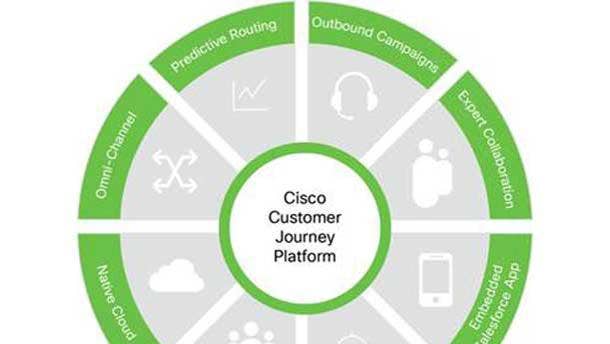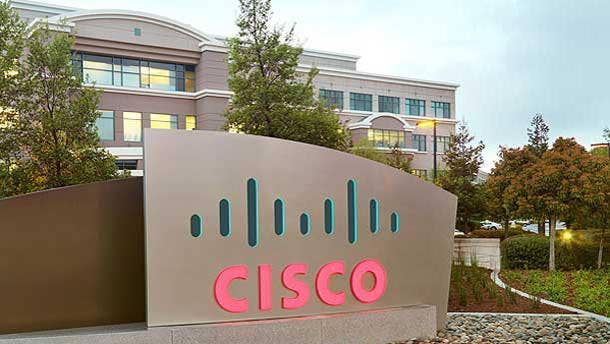Cisco Partner Summit 2018: 5 Keys To Becoming A Cisco 'Partner Of The Future'
Nirav Sheth, vice president of partner solutions architecture and engineering, says Cisco is striking a balance between bringing products to market that provide immediate opportunities for partners while developing a ‘road map for the future.’

Strong Fundamentals
Cisco Systems' continuing evolution from networking hardware kingpin to a strategy that relies more heavily on software sold on a subscription basis and recurring revenue has clearly taken hold in the market.
And while that strategy represents a fundamental change for the San Jose, Calif., company, it has managed the transition so that partners still account for the vast majority of sales, up to about 90 percent, Nirav Sheth, Cisco vice president of partner solutions architecture and engineering, said at the company's Partner Summit event in Las Vegas Monday.
Sheth said Cisco is striking a balance between bringing products to market that provide immediate opportunities for partners while developing a "road map for the future." Customers are looking for services that can be consumed on-premises as well as off-premises, and want to be able to sell software on top of Cisco's stalwart ISR routing portfolio to create opportunities with existing customers, he said.
Sheth presented five key factors for partners as they evolve into what he called the "partner of the future." These partners are embracing software and software development, pivoting to a managed services model, and seizing on the opportunity to manage the entire life cycle of customers' environments.
Here are Sheth’s five keys to becoming a Cisco "partner of the future."

Delivery Time
The first of Sheth's five keys to partner development is the ability to deliver secure, application-centric flexibility. "We know that our partners are eager to lead with Cisco-powered managed services," Sheth said. Partners' eagerness is the result of customers' demands to reduce complexity and offload responsibility for managing IT environments, according to Sheth. That shift holds the key to more services-based profitability for partners, he said.

Loyalty Program
The second key in Sheth's list of efforts partners must undertake to ready themselves for a more software- and services-driven future is to simply commit to managed services to drive loyalty among customers. Cisco's commitment to open, programmable API integrations "makes it easier for partners to integrate into various toolsets and lead with managed services," Sheth said. Cisco's partnership with MSP automation power ConnectWise, as well as its own MSP University, are powerful tools to help partners along the way, Sheth said.

Buyers' Club
Third in Sheth's rundown is the ability to reach new buying centers within customer organizations. As an example, Cisco's integration of security throughout its portfolio of SD-WAN solutions provides a prime example of how partners can accomplish this, Sheth said. "The SD-WAN solution with fully integrated security enables our partners not to just go into the infrastructure buying center, but the security buying center and the application buying center," Sheth said. "That same solution now, which was historically going into the infrastructure buying center, allows partners to open up new fronts and new conversations with multiple lines within that customer. That's the power this integrated solution brings to our partners. Ultimately, new buying centers mean more conversations, moving up the value stack and more profitability."

Cycle Of Life
Sheth's next key is partners' ability to monetize the software life cycle as Cisco continues its shift toward a more software- and subscription-focused strategy, especially with the intent-based networking model it launched a little over a year ago. Sheth said that even as that transition has occurred, Cisco still counts on channel partners for the vast majority of its sales. "As we've moved to be much more software-led, our channel penetration has remained over 90 percent," Sheth said. “This is, has been and will always be a partner-led opportunity,” he added. Partners are helped along the way by the ability to use the channel program's VIP Annuity feature. "As partners help us create recurring revenue, we're helping our partners create their own recurring revenue base," Sheth said.

Launching Pad
Sheth's last key is partners' ability to build on Cisco as a platform. "We know this is the next wave of profitability and the next wave of services for our partners to extend, to bring their own IP to our solutions and our stack," Sheth said. Partners are able to ride that wave thanks to Cisco's commitment to open APIs, and the availability of its DevNet developer community, which allows partners to get into the application development game and create custom solutions for customers using Cisco technology.